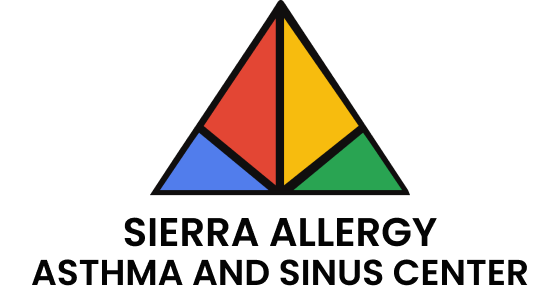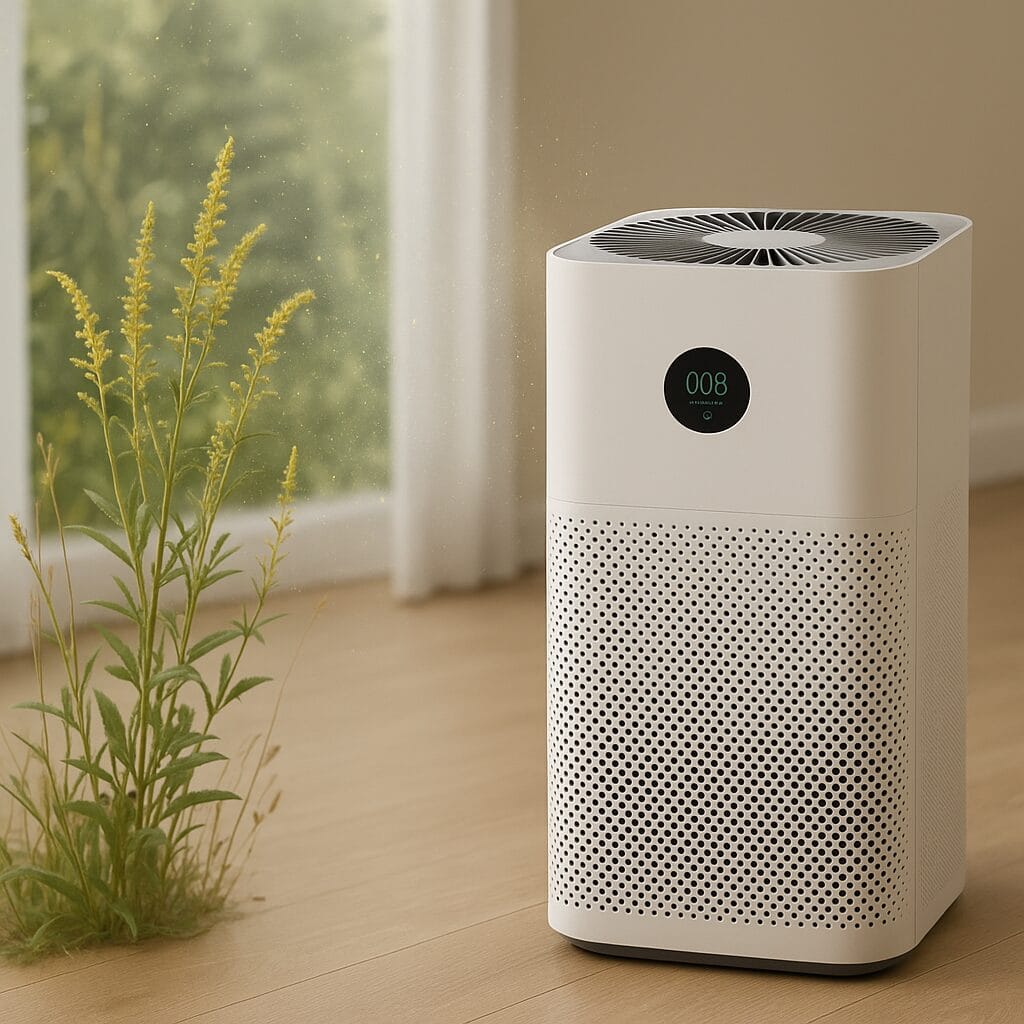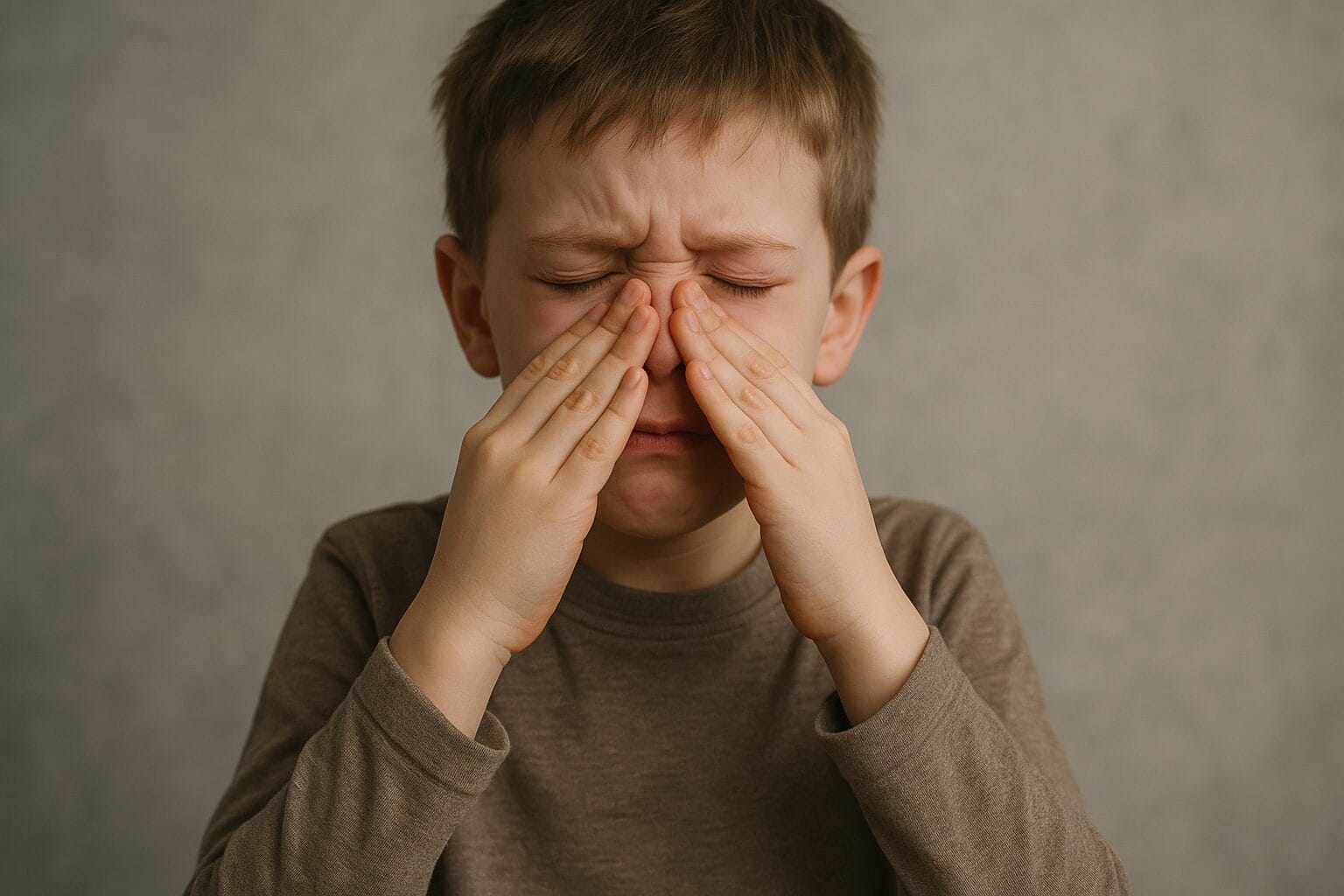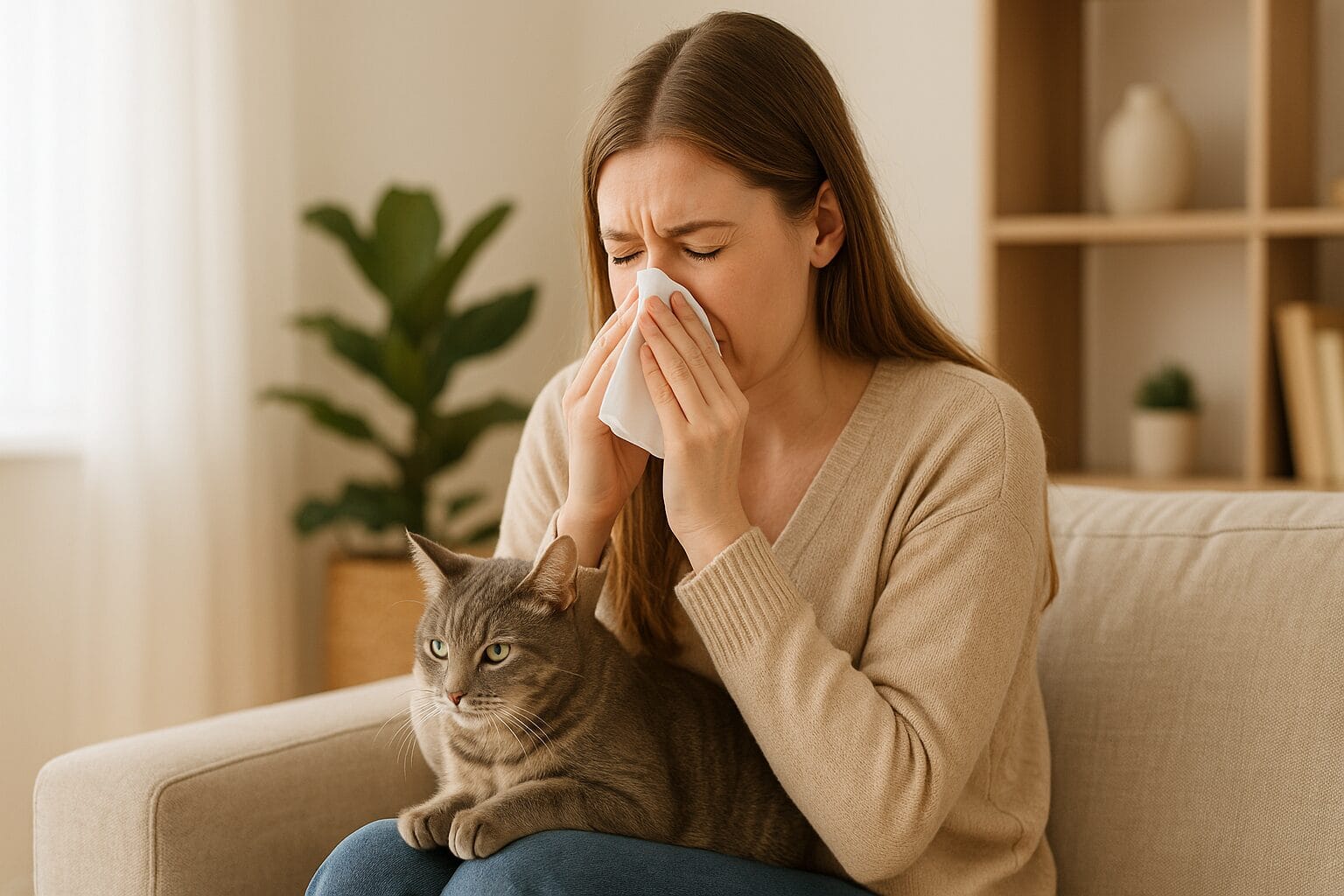Food allergies are more common than you might think, and they can affect both adults and children. Recognizing the signs early on can make a big difference in managing symptoms and preventing serious reactions. Whether you’re dealing with a child’s first reaction to peanuts or you’re an adult experiencing a strange new reaction to shellfish, knowing what to look for is key. In this blog, we’ll explore how to identify the signs of a food allergy in both adults and children, when to see a food allergist and immunologist, and how you can protect your health and your loved ones.
Understanding food allergies
A food allergy occurs when your immune system mistakenly identifies a particular food as harmful and reacts by releasing histamines that trigger allergy symptoms. These reactions can range from mild discomfort to severe, life-threatening conditions known as anaphylaxis. Common food allergens include peanuts, tree nuts, shellfish, milk, eggs, wheat, and fish, though many other foods can trigger an allergic reaction.
Signs and symptoms of food allergies
Food allergies can manifest differently in adults and children, and they may affect various parts of the body, including the skin, digestive system and respiratory system. Understanding the range of symptoms can help you or your child get the right help from a food allergy specialist.
1. Skin reactions
Skin reactions are one of the most common signs of food allergies. These can appear within minutes or hours after consuming the allergen and can include:
Hives
Raised, itchy welts that may appear anywhere on the body. They often come and go, and they can be red or skin-colored.
Eczema
This can worsen after exposure to a food allergen. The skin becomes dry, red, itchy and in severe cases, it can crack and bleed.
Swelling
Often, the face, lips, tongue or throat swells up. This can be a sign of a more severe reaction and requires immediate attention.
In children, skin reactions are usually the first sign that something might be wrong, especially when they are trying new foods for the first time.
2. Digestive problems
Food allergies often affect the digestive system, leading to symptoms such as:
- • Nausea or vomiting
- • Stomach cramps
- • Diarrhea
- • Gas or bloating
If these symptoms consistently occur after eating a certain food, it’s important to consult a food allergist and immunologist. Many people confuse food allergies with food intolerances, such as lactose intolerance, but the former involves the immune system, while the latter does not.
3. Respiratory symptoms
Though less common, some food allergies can lead to respiratory issues. This is more likely to occur in severe cases. Symptoms may include:
- • Sneezing
- • Coughing
- • Runny or stuffy nose
- • Wheezing
- • Shortness of breath
These respiratory symptoms can sometimes mimic asthma, so if someone has asthma and food allergies, their symptoms could worsen after eating certain foods. In these cases, a food allergy specialist can work with an asthma specialist to manage both conditions effectively.
4. Anaphylaxis
Anaphylaxis is a life-threatening allergic reaction that can affect multiple body systems at once. It requires immediate medical attention. Signs of anaphylaxis include:
- • Difficulty breathing
- • Swelling of the throat and tongue
- • Dizziness or fainting
- • Rapid heartbeat
- • Severe drop in blood pressure
- • Loss of consciousness
If you notice any of these symptoms in yourself or someone else after eating, call emergency services immediately (Dial #911). Having an epinephrine auto-injector (EpiPen) can save lives in this situation, and it’s a must for those diagnosed with severe food allergies.
Food allergies in adults and children
Food allergies can develop at any age. While many children outgrow allergies, especially to milk, eggs, and soy, some allergies persist into adulthood, and others—such as those to shellfish, peanuts, and tree nuts—may develop later in life.
Food allergies in children
Children often display food allergies early in life, typically during infancy or toddlerhood. Some warning signs include:
- • Persistent eczema or skin rashes that worsen after eating
- • Vomiting or diarrhea soon after meals
- • Excessive fussiness or colic
- • Difficulty breathing or wheezing after eating new foods
It’s important to introduce new foods slowly and monitor for reactions. If your child has a known food allergy, work closely with a food allergist to ensure they avoid allergens and manage symptoms effectively. Many children need to carry an EpiPen for emergencies.
Food allergies in adults
For adults, food allergies can be trickier to identify, especially if they’ve never had any before. Adult-onset allergies are becoming more common, and reactions can be just as severe as those in children. Adults who suddenly experience symptoms like hives, nausea, or difficulty breathing after meals should see a food allergy specialist to determine the cause.
When to see a food allergy specialist
If you or your child experience symptoms of a food allergy, it’s important to consult a food allergist and immunologist for proper diagnosis and treatment. They can conduct a range of tests, such as skin prick tests, blood tests, or oral food challenges, to identify specific allergens.
Additionally, food allergy specialists help you manage your condition through:
Personalized treatment plans
These plans include dietary modifications, allergy management strategies, and guidance on avoiding cross-contamination.
Emergency action plans
If you or your child is at risk for anaphylaxis, your allergist will provide you with a detailed plan on how to handle emergencies, including the use of epinephrine.
Education
Specialists educate you on how to read food labels, prepare allergen-free meals, and recognize symptoms early to prevent severe reactions.
Living with a food allergy
Managing a food allergy can seem overwhelming at first, but with the right care and education, you can maintain a safe and healthy lifestyle. Here are some practical tips:
Always read labels
Food packaging will usually list common allergens. Make it a habit to carefully read through ingredients.
Avoid cross-contamination
At home, ensure utensils and cooking surfaces are thoroughly cleaned to prevent allergens from spreading.
Inform schools and caregivers
If your child has a food allergy, make sure their school, daycare, or babysitters know the symptoms and how to respond in an emergency.
Carry medication
If you or your child have a severe allergy, carrying an EpiPen at all times is crucial.
Conclusion
Recognizing the signs of a food allergy in both adults and children is essential for maintaining good health and preventing severe reactions. By understanding the symptoms and working with a food allergy specialist, you can manage food allergies effectively and protect yourself and your loved ones.Food allergies may be daunting, but with the right knowledge and care, you can live a full, healthy life. Always remember, when in doubt, consult a food allergist and immunologist—they’re here to help you care for yourself and your loved ones.





